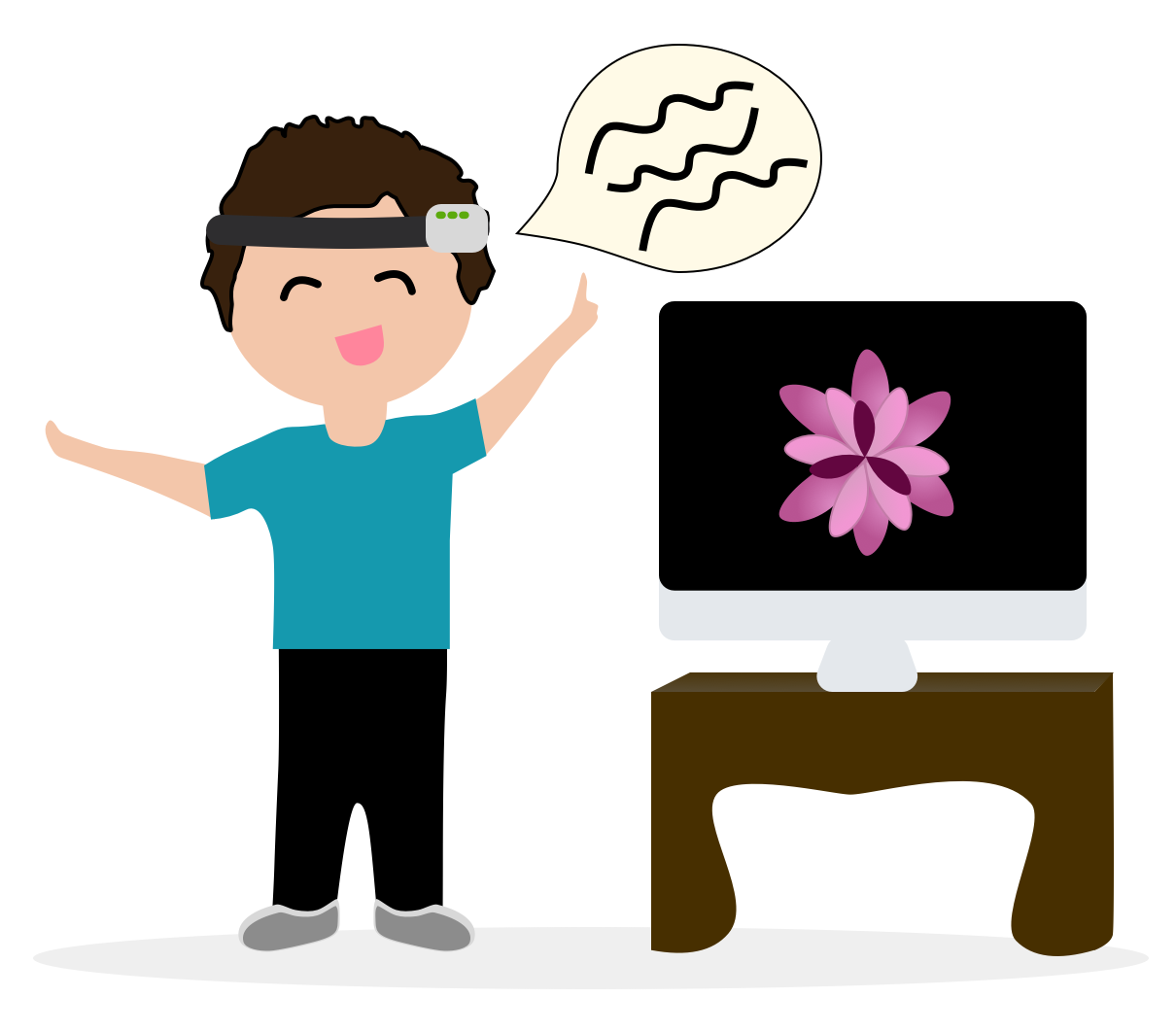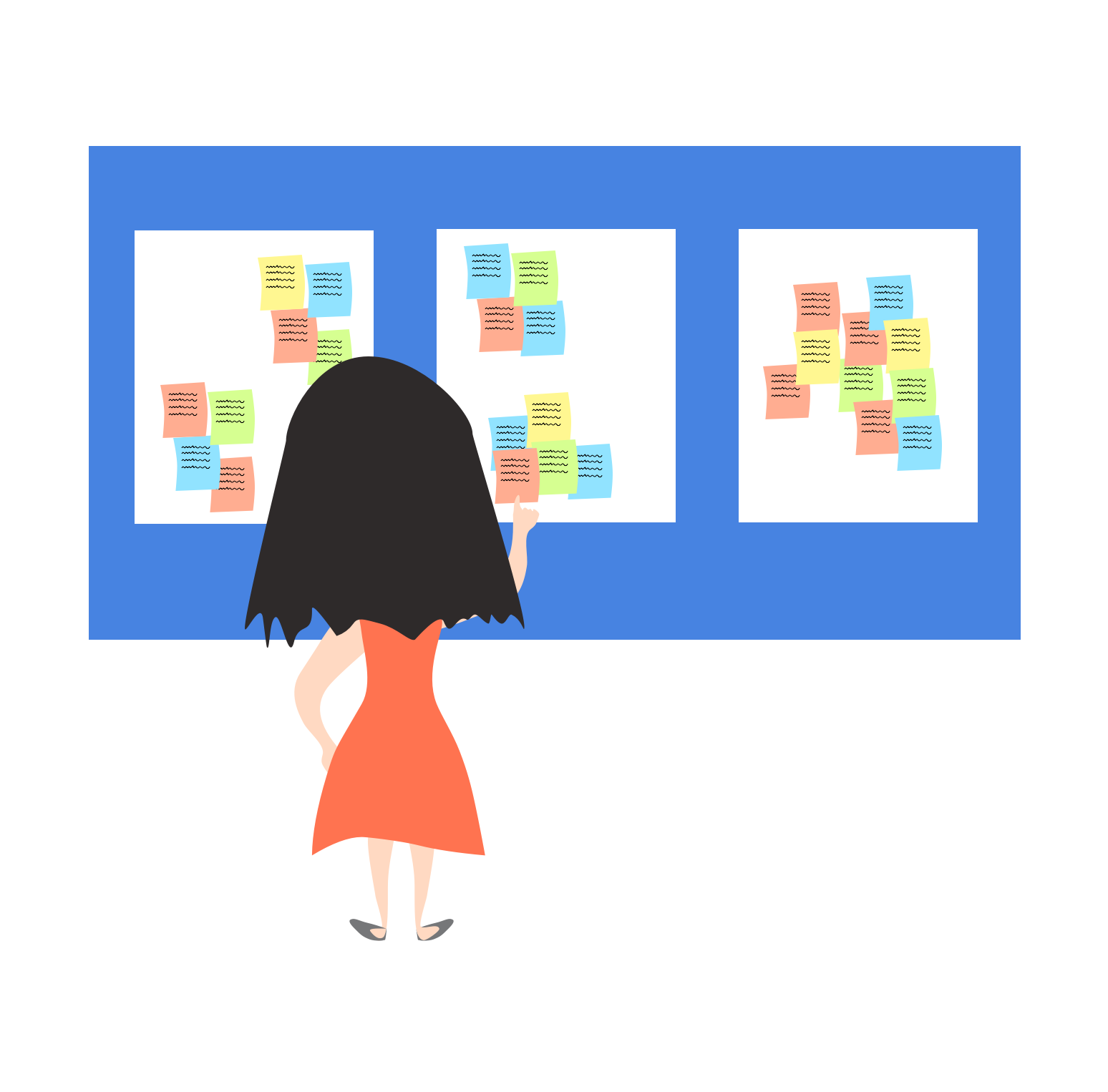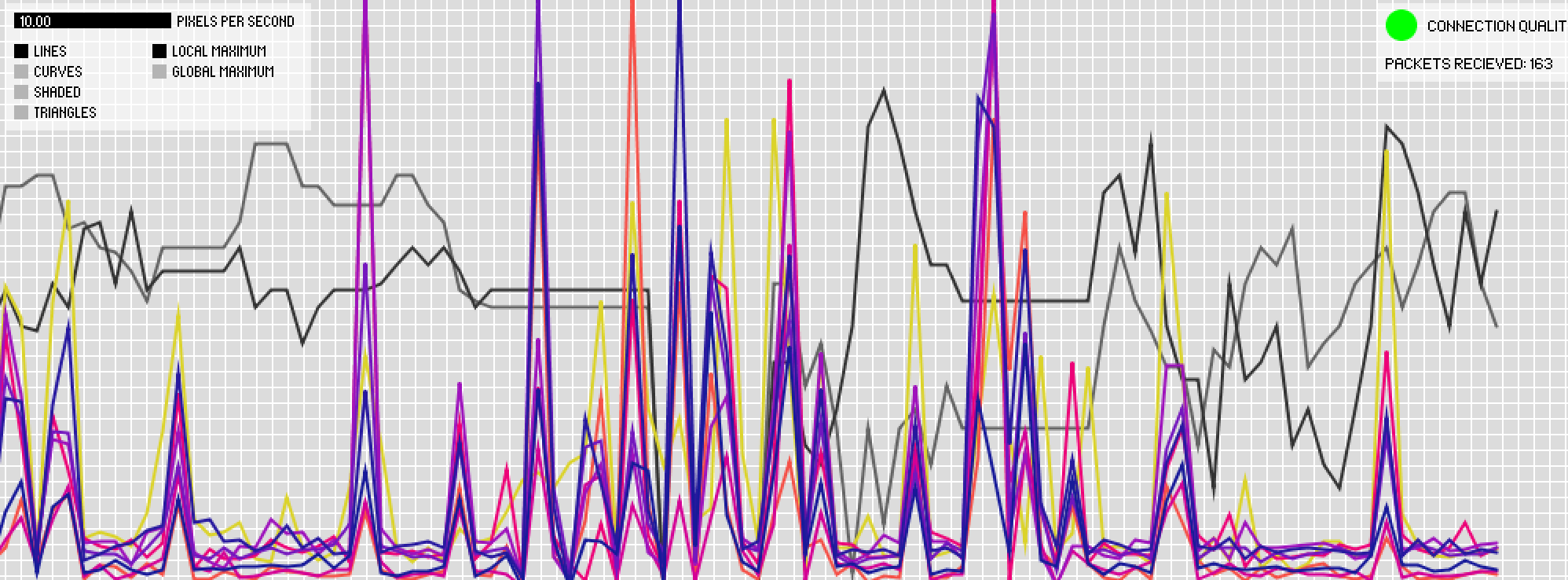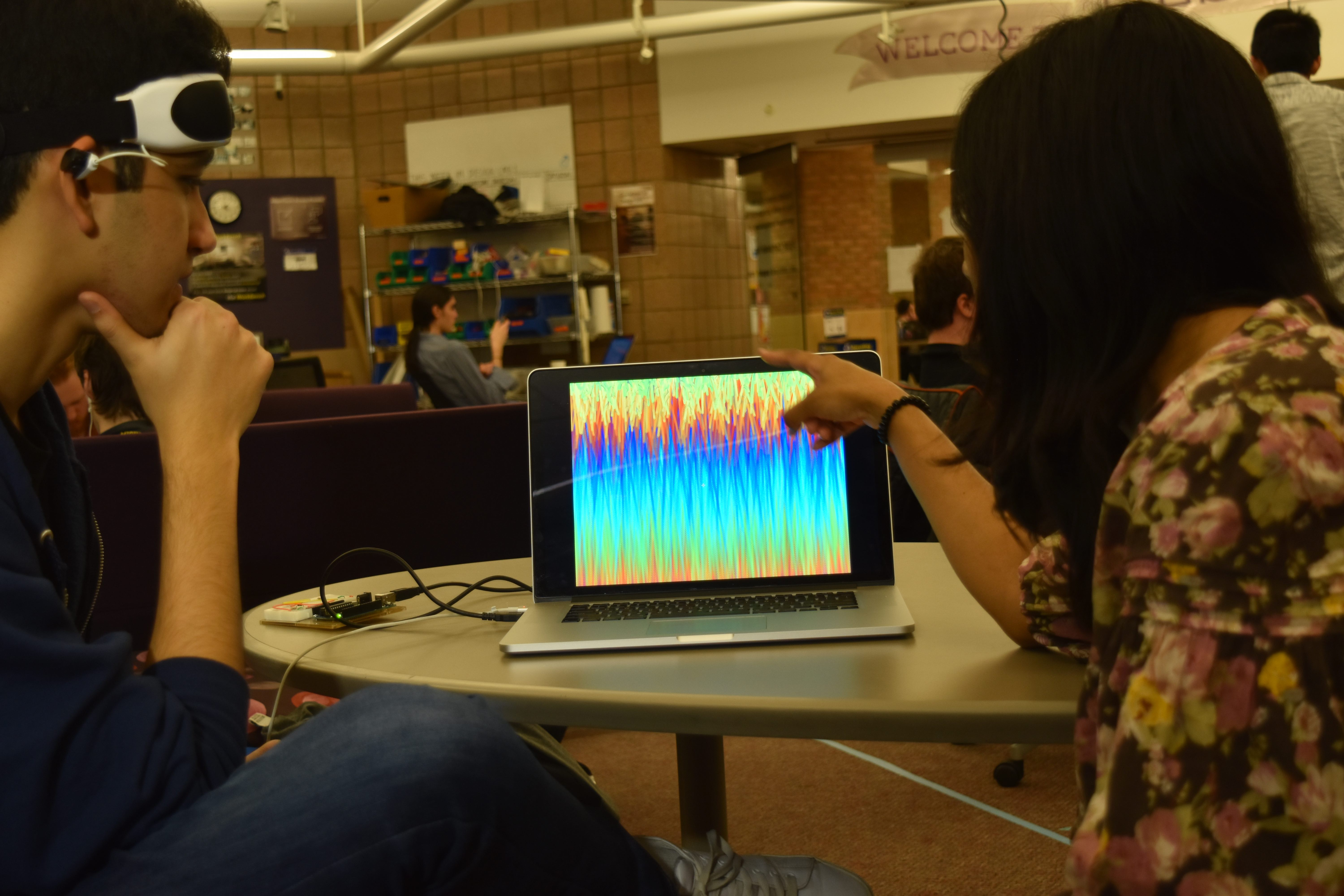
What makes us human?
Imagine a statue waking up or even a scene from the Disney Pixar's movie, Toy Story. If you were given the power to instill senses in an inanimate object, how would do go about doing that?
This project was done at the University of Michigan as a part of graduate coursework in Dialogue of the Senses, under Prof. Sile o'Modhrain. The prompt given to us revolved around Condillac’s statue whose senses would be awakened one after the other, creating awareness of other objects in space. Condillac maintained that it is only through touch that we gain an understanding of space as an external continuum extending outwards beyond the bounds of our bodies, and gather an awareness of other objects in space.
We wanted to build beyond this and question what really makes us human. It is emotion and our ability to describe it in words that differentiates us from other living beings. Emotion, combined with all other senses is what makes us truly human. We decided to build off of this idea.







